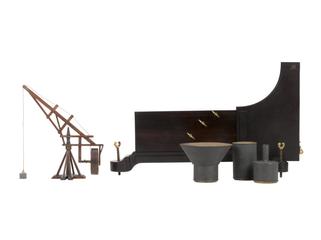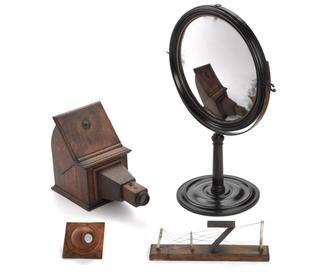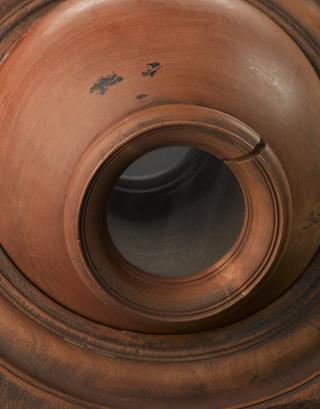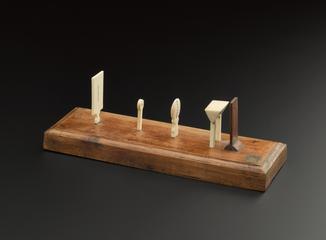
Demainbray's model scorpion catapult
- Made:
- 1745-1755 in unknown place








Model of scorpion or catapult made between 1745-55, maker and place of production unknow, but once belonged to Stephen Demainbray and used by him in demonstrations of natural philosophy.
The model scorpion was used by Stephen Demainbray in his natural philosophy lectures to demonstrate the mechanical principle of the lever. Demainbray worked as superintendent at King George III's observatory at Kew from 1768 and his collection of instruments and apparatus was absorbed into the King's own collection. The scorpion was an ancient device that was used to throw boulders. The long arm, or tail, was pinned down and a heavy weight was attached to it. When released, the weights on the short arms fell and the load was hurled into the air. This model is similar to that shown in Desaguliers' 'A Course of Experimental Philosophy' and is thought to have been copied from it.
Details
- Category:
- King George III
- Object Number:
- 1927-1107
- Measurements:
-
overall: 125 mm x 180 mm x 75 mm, 0.39 kg
- type:
- model - representation
- copyright:
- Unlinked Name
- credit:
- King's College, London




